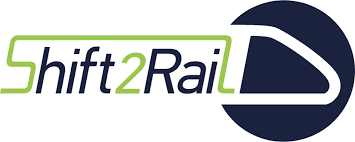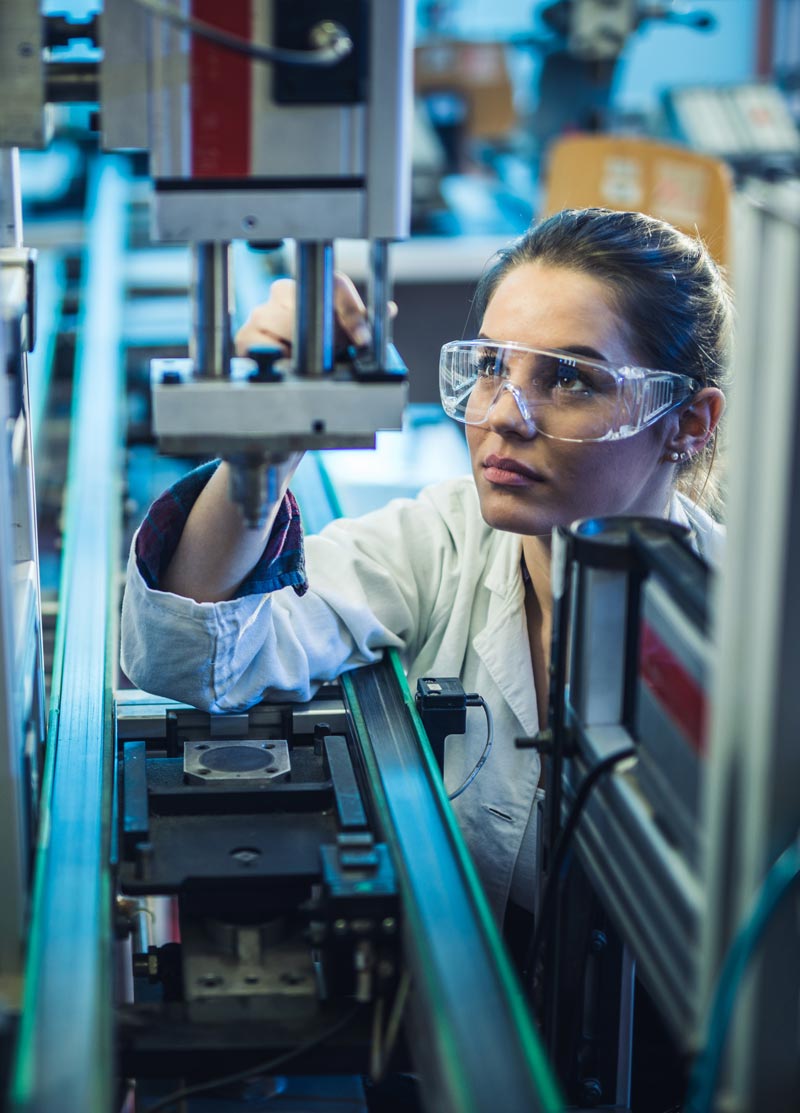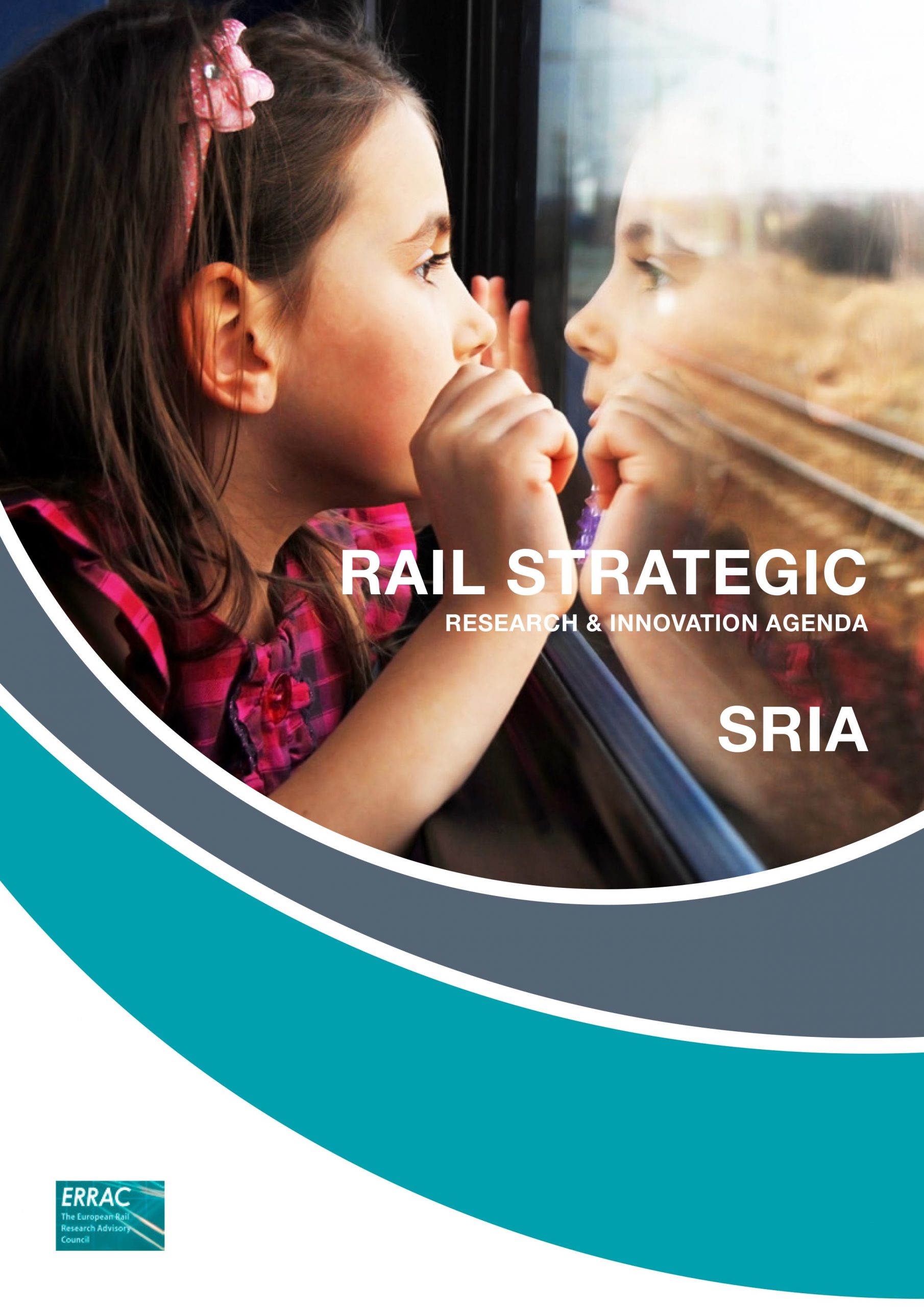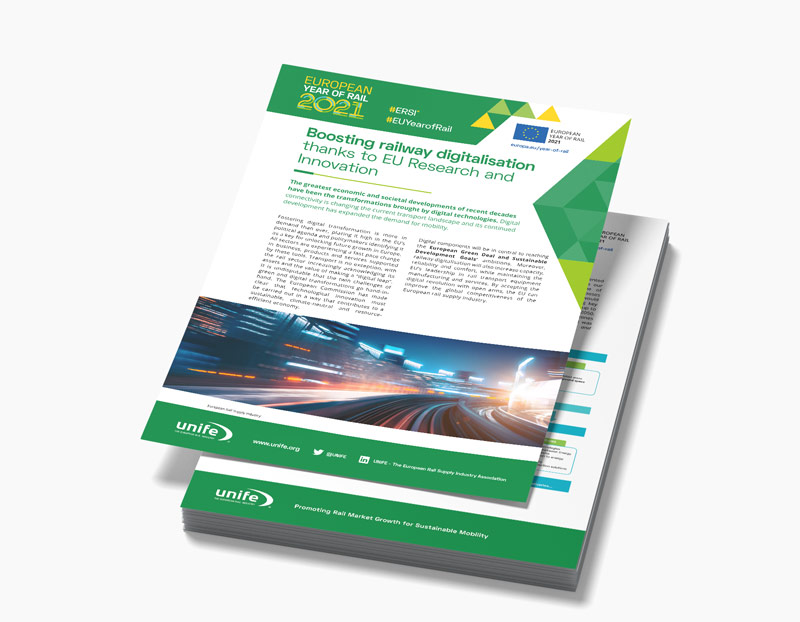Interactive Factsheet
Boosting railway digitalisation
The greatest economic and societal developments of recent decades have been the transformations brought by digital technologies. Digital connectivity is changing the current transport landscape and its continued development has expanded the demand for mobility.
Fostering digital transformation is more in demand than ever, placing it high in the EU’s political agenda and policymakers identifying it as a key for unlocking future growth in Europe. All sectors are experiencing a fast pace change in business, products and services supported by these tools. Transport is no exception, with the rail sector increasingly acknowledging its assets and the value of making a “digital leap”. It is undisputable that the twin challenges of green and digital transformations go hand-in-hand. The European Commission has made clear that technological innovation must be carried out in a way that contributes to a sustainable, climate-neutral and resource-efficient economy.
Digital components will be in central to reaching the European Green Deal and Sustainable Development Goals’ ambitions. Moreover, railway digitalisation will also increase capacity, reliability and comfort, while maintaining the EU’s leadership in rail transport equipment manufacturing and services. By accepting the digital revolution with open arms, the EU can improve the global competitiveness of the European rail supply industry.
Digitalisation at the heart of the European rail sector’s vision
The European Year of Rail is an opportunity for our sector to show how digitalisation and automation are key drivers for the development of a technologically driven rail transport system that connects Europe. These cutting-edge tools are essential enablers of the European rail sector’s vision, as depicted in the prescient strategic documents published by the European Rail Research Advisory Council (ERRAC).
Our long-term vision for rail mobility, as presented in the earlier ERRAC Rail 2050 Vision, sets our mode of transportation as the backbone of future, multimodal mobility. The sector proposes a set of time-focused concrete plans that would transform this vision into reality, answering key questions for ten-year time periods leading up to the Commission’s sustainability deadline of 2050. By doing so, rail has set meaningful milestones for delivering targeted impacts. The first set was articulated in ERRAC’s Rail 2030 Research and Innovation Priorities.
The Strategic Rail Research and Innovation Agenda (SRIA), ERRAC’s latest publication that was released in late 2020, provides a focused proposal for the way in which these innovations can be developed within Shift2Rail’s successor programme, Europe’s Rail Joint Undertaking (ERJU), to position “rail as a backbone” of both mobility and modern European life.
The SRIA sets a new programme devoted to technical and operational innovations that can transform Europe’s railways’ contribution to mobility across the Union and address the needs of its users, the wider economy and society. Ushering in these changes will be essential to protecting natural resources and the wider environment. This document provides an attractive perspective that associates rail transport with freedom, flexibility and comfort. Above all, we must enhance the value experienced by rail customers. Railway networks must be made intelligent to optimise existing system use and increase both capacity and flexibility.
Already shaping the design of future networks, digital solutions like autonomous vehicles, the Internet of Things (IoT) and artificial intelligence (AI) must be further explored and swiftly implemented across the network. An intelligent transport landscape will also be made possible by focusing on new telecommunications infrastructure that makes the best use of 5G technology and modern satellite communication applications being developed across the entire rail industry.
Digitalisation Research & Innovation (R&I) priorities are identified in almost all 9 of the SRIA’s Transforming Projects, most notably those exploring “Assets for Automated and/or Autonomous and/or remotely piloted Operations” and “Railways Digital Twin, Simulation & Virtualisation”.
Research and Innovation – a catalyst for rail’s digital transformation
R&I has been pivotal in rail’s pursuit of a digital transformation. The collaborative-research model established by the Shift2Rail Joint Undertaking and its successor, ERJU, enables all elements of the sector’s innovation ecosystem to work together – this is key to even faster uptake of digitalisation across the rail sector.

Shift2Rail (S2R), the first European Joint Undertaking for rail research and innovation, was established with digitalisation and automation at its core. All of its innovation programmes and cross-cutting activities are developing digital tools and solutions aimed at increasing the attractiveness, capacity and reliability of the railways.
For example, S2R’s Innovation Programme 2 (IP2) focuses on innovative technologies, systems and applications in the fields of telecommunication, train separation, supervision, engineering, automation and security, and improving digitalisation. The work being conducted by associated projects are helping digitalise systems with the intention of enhancing the overall performance of all railway market segments.
Shift2Rail Joint Undertaking
This Innovation Programme supports maintaining the European Rail Traffic Management System (ERTMS) as the preferred solution for railway signalling and control systems across the world. The X2Rail projects embedded in IP2 contribute to the development of the “ERTMS Game Changers” (i.e., ATO, FRMCS, Moving Block/ETCS Level 3 and train positioning), enabling technologies identified as having the greatest potential uptake of this important telecommunication system.
Lastly, the recent launch of the Digital Automatic Coupling (DAC) Delivery Programme within S2R marks a significant step towards significantly improving rail freight transport in Europe. DAC is a component that would automatically attach and detach freight rolling stock, both physically and digitally. It has many possibilities: increasing network capacity, reducing shunting in train formation, minimising manual processes and enabling predictive maintenance.
Shift2Rail Joint Undertaking
The Single Basic Act, a recent European Commission proposal for future institutionalised partnerships– that includes Europe’s Rail Joint Undertaking (ERJU), underlines the huge potential poised by digitalisation and automation in railways.
ERJU should propose an ambitious working programme, based on ERRAC’s SRIA, that puts digitalisation at its core. Moreover, the new approach proposed for the joint undertaking is based on two workstreams: the System and Innovation Pillars. The System Pillar aims at defining a reference system architecture for a rail control command and signalling (CCS) regime that facilitates the market uptake of new digital innovations coming from the second pillar. The setting-up of this new rail programme is a priority for both UNIFE and the sector as it will ensure a faster digital transformation of rail and allow the delivery of new services, optimisation of operations and create new capabilities through innovative assets.

The setting-up of Europe’s Rail Joint Undertaking is a priority for both UNIFE and the sector as it will ensure a faster digital transformation of rail and allow the delivery of new services, optimisation of operations and create new capabilities
through innovative assets.

